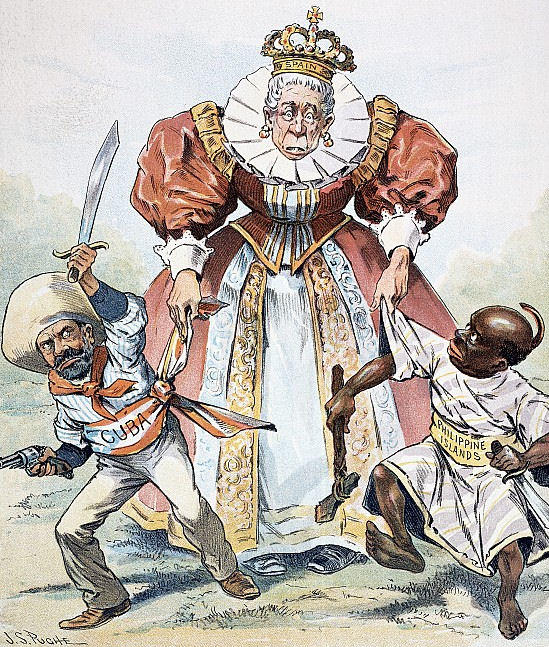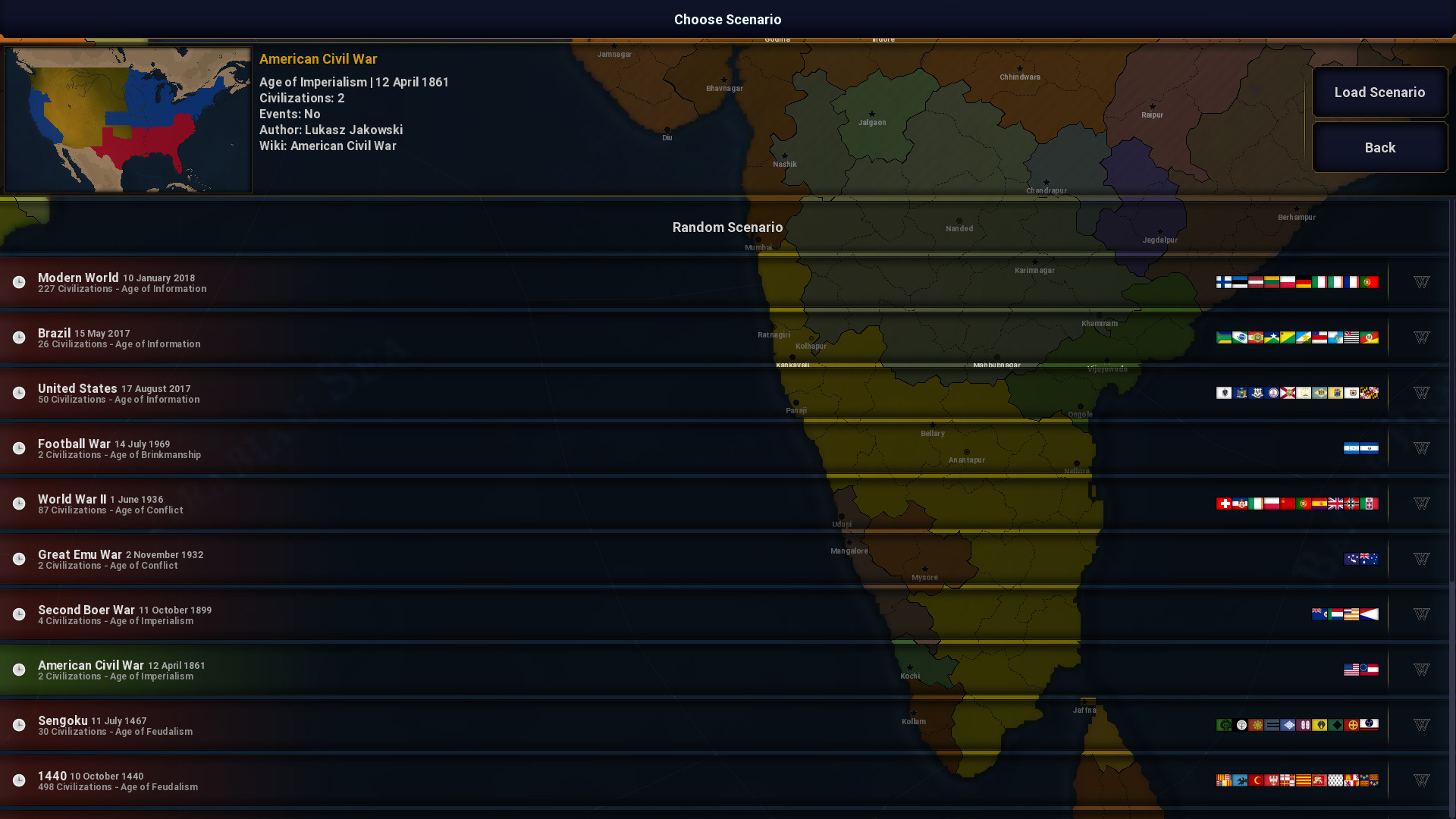

The second was that every country, no matter how remote, was a battlefield in that global war. The first was that the United States was in a struggle for survival against the Soviet empire. The Cold War fed two fundamental ideas that would shape American foreign policy till now. As of 1950, US output constituted a remarkable 27 percent of global output, with the Soviet Union roughly a third of that, around 10 percent. The economic underpinning of America’s global reach was unprecedented. Yet the exhaustion from two world wars and the Great Depression ended the British and French empires after World War II and thrust the United States and Russia into the forefront as the two main global empires. The British were the unrivaled masters of regime change - for example, in carving up the corpse of the Ottoman Empire after World War I. In short order, America grabbed the Philippines, Puerto Rico, Cuba, Panama, and Hawaii, and joined the European imperial powers in knocking on the doors of China.Īs of the 1890s, the United States was by far the world’s largest economy, but until World War II, it took a back seat to the British Empire in global naval power, imperial reach, and geopolitical dominance. At that point, US political and business leaders sought to join the European empires - especially Britain, France, Russia, and the newly emergent Germany - in overseas conquests. America’s overseas imperial adventures began after the Civil War and the final conquests of the Native American nations. Yet America’s imperial behavior overseas predates the Cold War by half a century (back to the Spanish-American War, in 1898) and has outlasted it by another quarter century.

WHAT IS THE DEEP motivation for these profligate wars and for the far-flung military bases that support them?įrom 1950 to 1990, the superficial answer would have been the Cold War. In many other cases, such as the US attempts (with Saudi Arabia and Turkey) to overthrow Syria’s Bashar al-Assad, the result is a bloodbath and military standoff rather than an overthrow of the government. A “successful” regime change often lights a long fuse leading to a future explosion, such as the 1953 overthrow of Iran’s democratically elected government and installation of the autocratic Shah of Iran, which was followed by the Iranian Revolution of 1979. Even when the wars succeed in overthrowing a government, as in the case of the Taliban in Afghanistan, Saddam Hussein in Iraq, and Moammar Khadafy in Libya, the result is rarely a stable government, and is more often a civil war. It is nearly a truism that US wars of regime change have rarely served America’s security needs.

That grip on power beyond America’s own shores is now weakening. Nineteenth-century Britain was obviously an empire when it ruled India, Egypt, and dozens of other colonies in Africa, Asia, and the Caribbean The United States directly rules only a handful of conquered islands (Hawaii, Puerto Rico, Guam, Samoa, the Northern Mariana Islands), but it stations troops and has used force to influence who governs in dozens of other sovereign countries. An empire is a group of territories under a single power. It may seem tendentious to call America an empire, but the term fits certain realities of US power and how it’s used. In economic and geopolitical terms, America suffers from what Yale historian Paul Kennedy calls “imperial overreach.” If our next president remains trapped in expensive Middle East wars, the budgetary costs alone could derail any hopes for solving our vast domestic problems. The single most important issue in allocating national resources is war versus peace, or as macroeconomists put it, “guns versus butter.” The United States is getting this choice profoundly wrong, squandering vast sums and undermining national security.


 0 kommentar(er)
0 kommentar(er)
